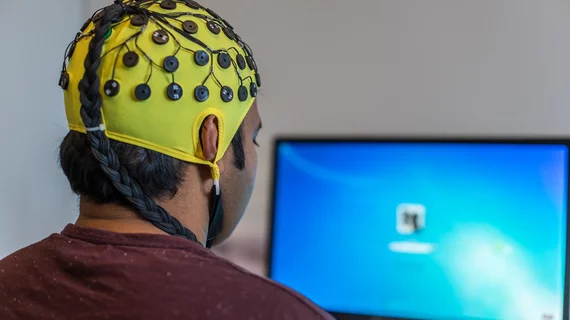Baseball Hall of Famer Yogi Berra famously stated that “You can observe a lot just by watching.” New research shows just how right he was.
However, there is a qualifier: The watcher’s powers of observation depend on where, precisely, they direct their gaze.
Researchers at the Center for Neural Science at New York University proved the hypothesis by using deep learning to analyze eye tracking, pupillary dilation and EEG readings of 22 adults and 22 preschoolers as all watched videos of actors grasping tools efficiently and inefficiently.
Among other objectives, the team wanted to figure out which neural processes account for children being “notoriously poor at performing multi-step actions.”
Documenting how children watch without focusing on the differences between efficient vs. inefficient tool grasps, the team suggests that an observer’s own motor efficiency “determines whether they can perceive action efficiency in others.”
In the experiment, the children looked at the end goal—a peg in need of effective pounding by a human wielding a hammer—no less long than the adults.
However, the adults made better sense of the differences in grip and pounding planning. They did so by focusing longer on the hand and hammer, making more attention shifts between the two, and holding their gaze longer on dynamic features separating efficient from inefficient peg pounding.
As for the AI component, the researchers used a deep-learning video classifier to uncover how well each participant did at gathering enough visual information to tell efficient from inefficient tool usage.
From their discussion:
In the current study, only adults showed differential looking patterns and neural activity between efficient and inefficient actions. These findings, as predicted by the motor resonance theory of action perception, suggest that the activation of observers’ own motor programs is built from their motor experiences, and so motor resonance generated differential responses only in adults.”
The study’s lead and senior authors are, respectively, Ori Ossmy, PhD, and Karen Adolph, PhD.
Scientific Reports published the study Sept. 13 in full for free.

